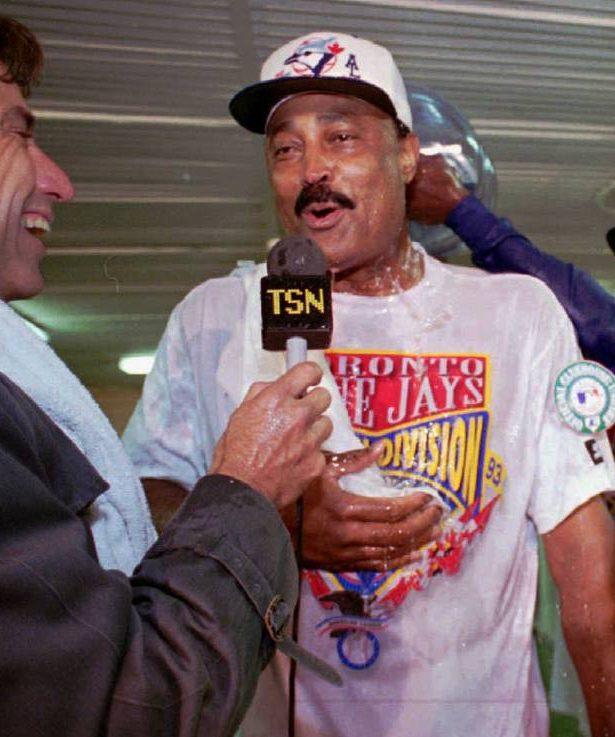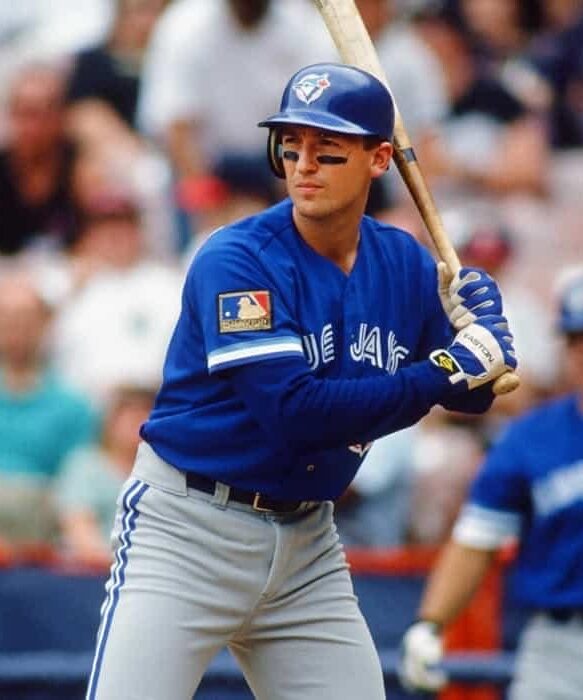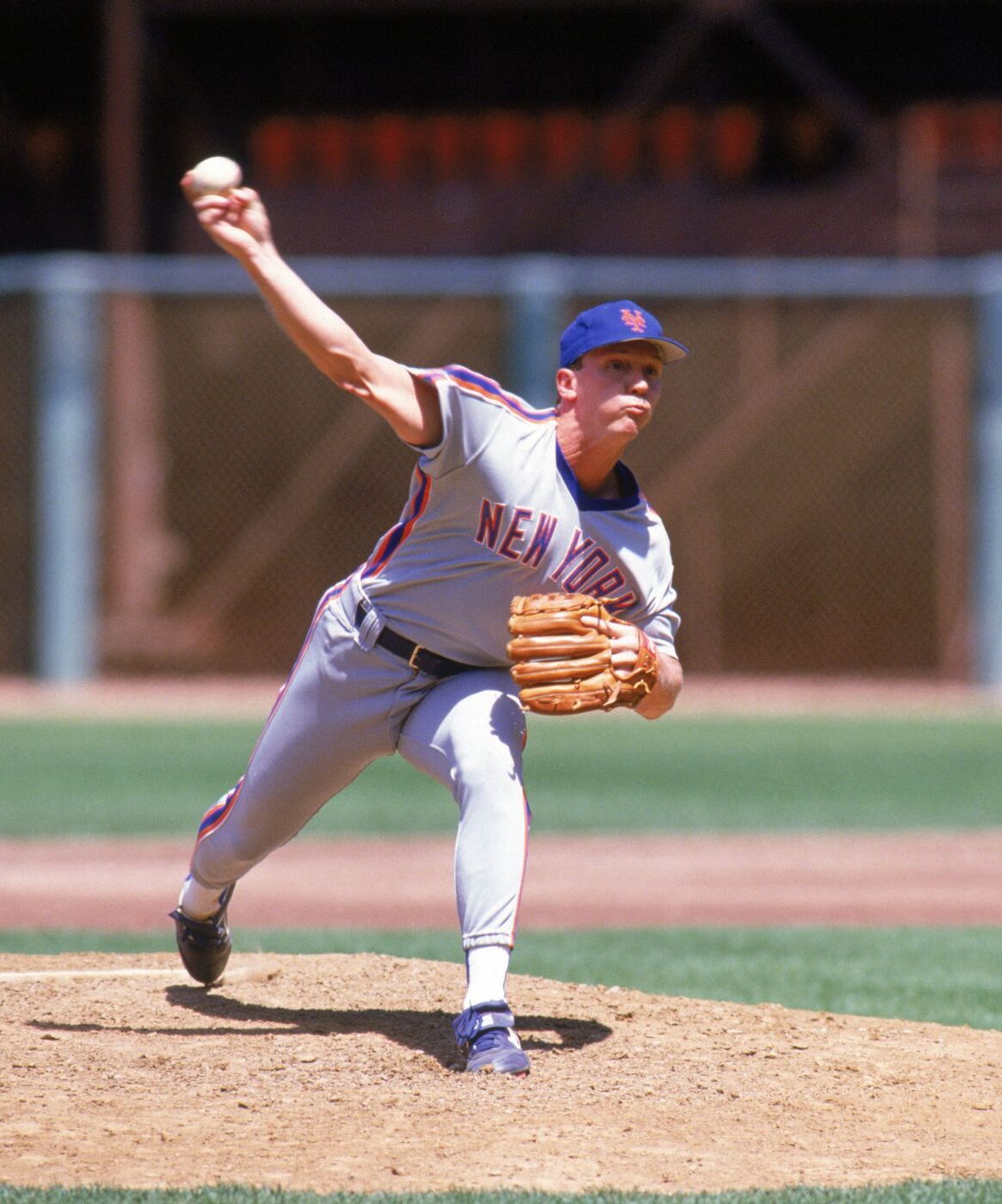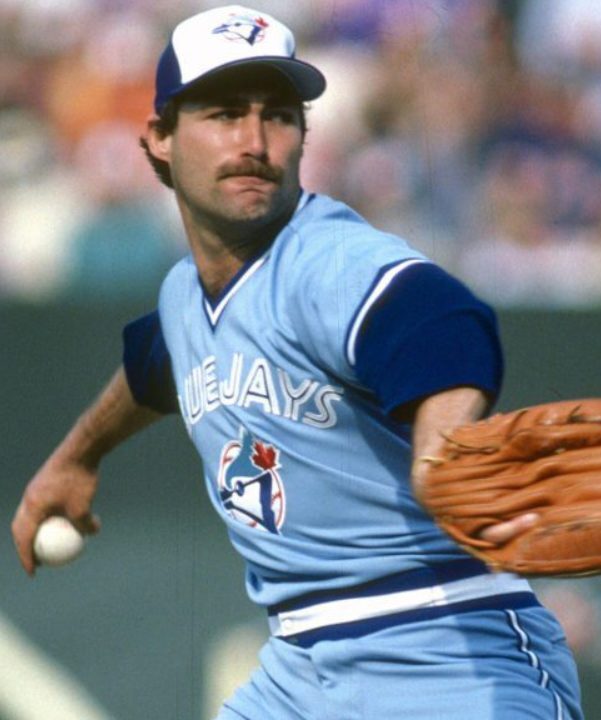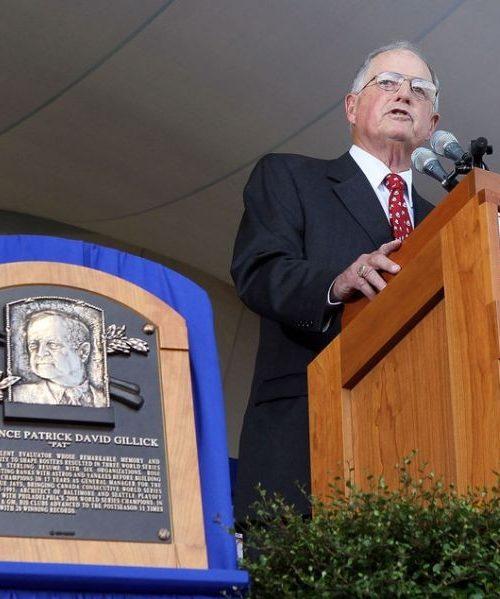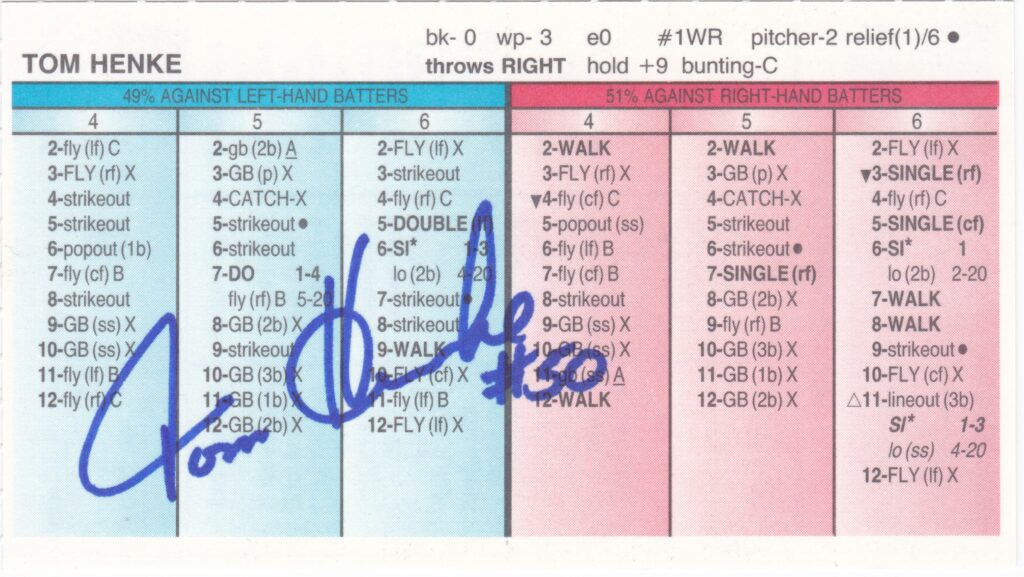
Tom Henke was flat out dominant. A reliever for 14 major league seasons, he remained one of the game’s best closers until the day he retired at the top of his game.
The 6’5″ 215-pound right-hander made his debut as a September call-up for the for the Rangers in 1982. He remained in Texas for three seasons and posted a 3-1 record with a 4.20 ERA and three saves.
In January of 1985 the Blue Jays selected Henke as a compensation pick when Cliff Johnson was signed by the Rangers. Henke played his first game for Toronto on July 29th and reeled off 11 straight scoreless appearances. He finished the year with a 2.03 ERA and 13 saves, just one save behind team leader Bill Caudill.
Henke pitched for the Jays for 8 years from 1985-1992. During that time he averaged more than 27 saves per season and posted a 167 ERA+. An All Star for the first time in 1987, he led the AL in saves and earned votes in MVP balloting. In five of the eight years in Canada Henke’s ERA was 2.32 or below. The all-time saves leader in Toronto history, he saved 30 or more games in six seasons – four coming with the Blue Jays.
The closer helped Toronto reach the postseason four times. In 15 October contests Henke went 2-0 with 5 saves and a 1.83 Earned Run Average. The Blue Jays won the first World Series in franchise history in 1992 with Henke saving two of the four Toronto victories.
Two months after the Fall Classic triumph he returned to Texas, signing with the Rangers as a free agent. His first season back in the Lone Star State included a career-high 40 saves.
After the ’94 season, Henke left for St. Louis. Brilliant as ever, Henke posted a stingy 1.82 ERA, his best since an 8-game stint in his first big league season. His only year in the NL, 1995 resulted in another All Star selection. On August 18, 1995, Henke recorded his 300th career save, the 7th closer to reach the plateau. By season’s end Henke received the Rolaids Relief Man of the Year Award.
When his brilliant season ended, Henke called it quits. He left the game with 311 saves, a figure surpassed at that time only by Lee Smith, Dennis Eckersley, Jeff Reardon, and Rollie Fingers. For the next three seasons, teams called Henke to see if he was interested in a big league comeback. Content with his life outside of baseball, Henke never returned.
In 2001 Henke appeared on the ballot for Cooperstown, earning just 1.2% of the vote. Though dominant with a career 157 ERA+ and 9.8 strikeouts per 9 innings pitched, Henke tallied just 789 2/3 innings of work. Many believe Henke could have earned a plaque had he continued pitching.
Born and raised in Missouri, Henke was voted into the state’s Sports Hall of Fame in 2000. Eleven years later he gained induction Canadian Baseball Hall of Fame. In 2018, Henke was elected to the Ontario (Canada) Sports Hall of Fame.
In the collection is this autographed Tom Henke Strat-O-Matic card from 1995, his final year in baseball. Pitching for the St. Louis Cardinals in his sole Senior Circuit campaign, Henke made the All Star team and earned the Rolaids award for relievers.
Bucknell University math major Hal Richman originated the Strat-O-Matic game in 1961. Advertised in Sports Illustrated and sold out of Richman’s basement, Strat-O-Matic gave its players the ability to make managerial decisions based on MLB statistics.



